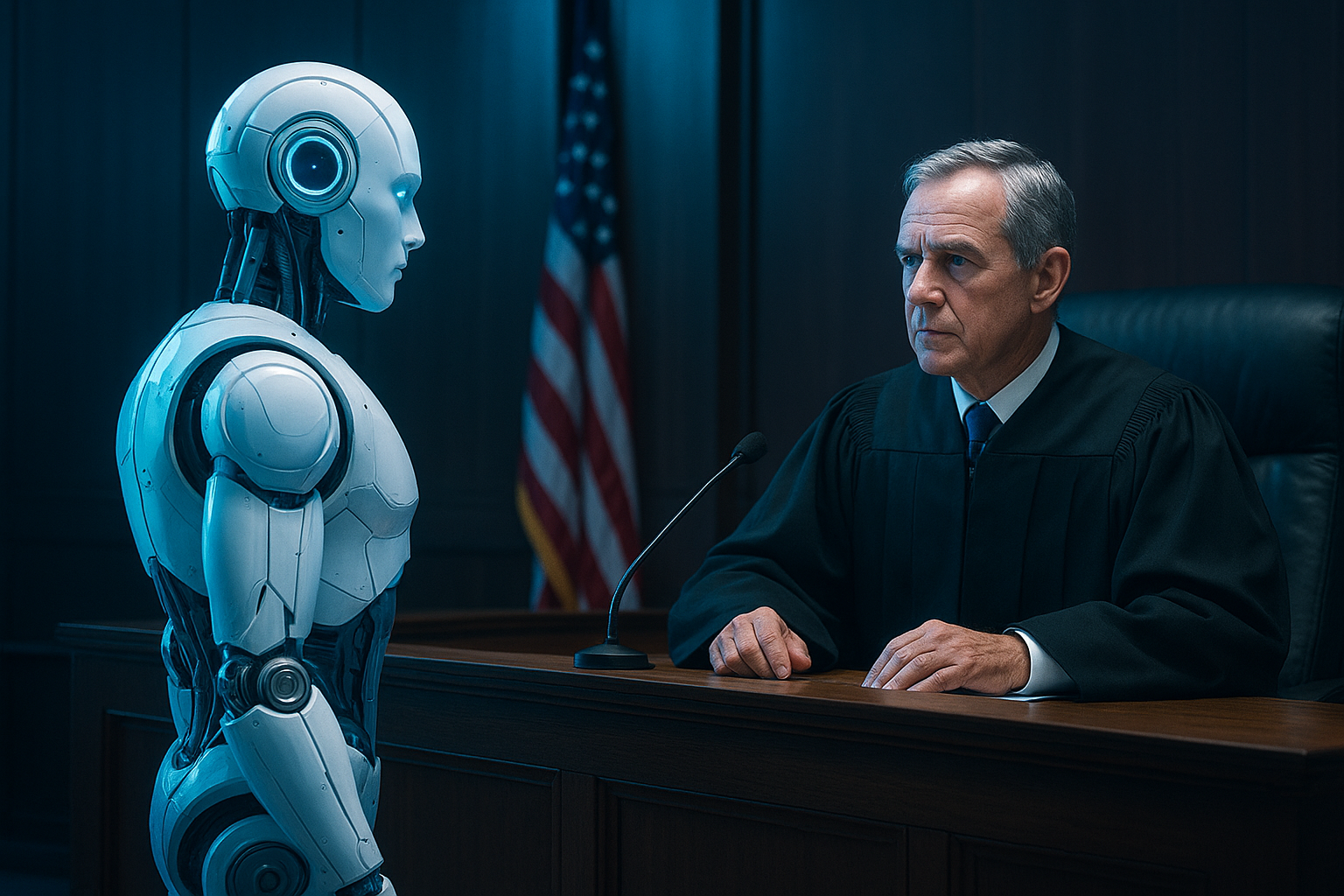
As robots increasingly appear in our daily lives — in factories, hospitals, supermarkets, and even on the streets — humanity’s biggest question is no longer “What can robots do?” but rather “How should robots be held accountable when things go wrong?”
In recent years, numerous incidents involving autonomous robots and artificial intelligence (AI) have sparked heated debate worldwide. Self-driving cars causing fatal accidents, delivery robots colliding with pedestrians, or AI systems publishing misleading content that damages reputations — all point to one reality: society is entering a new legal era for non-human entities.
From Tools to Responsible Agents
According to technology law experts, once robots reach a level of autonomy where they can make decisions independently, traditional legal frameworks on liability become insufficient.
If a surgical robot makes a medical error, who is responsible — the manufacturer, the programmer, the operator, or the robot itself?
Some researchers in the European Union have proposed the concept of an “Electronic Person”, providing a legal foundation for robots to be recognized as limited legal entities. In this framework, a robot could be “punished” by having its operating license suspended, its data deleted, or its AI system sealed to prevent future harm.
The Need for Robot Identification and Ethics
Identifying robots is the first crucial step in managing their behavior.
Each robot should have an international identification code — similar to a vehicle chassis number or IP address — clearly stating its origin, owner, and operating responsibility.
At the same time, the field of machine ethics is emerging to teach robots to understand and comply with social norms: avoiding harm to humans, respecting privacy, and staying within their programmed objectives.
When Robots Break the Law – What Are the Penalties?
Since robots lack emotions or personal assets, punishment cannot mirror that of humans. However, several measures have been proposed:
-
Suspend or revoke network access — the digital equivalent of imprisonment.
-
Revoke the AI system’s operational license if it poses high risk.
-
Impose financial penalties on owners or operators in cases of managerial negligence.
-
Record digital violations in a central registry, affecting future operation or business rights.
These measures reflect a global shift toward viewing robots as “conditionally responsible entities”, rather than emotionless machines.

The Future of “Robot Law” – Protecting Both Humans and Machines
Countries such as Japan, South Korea, and the United States are already developing legal frameworks for AI and autonomous robots, focusing on two core principles:
-
Transparent responsibility – always traceable to the individual or system behind a robot’s action.
-
Balanced rights – as robots become increasingly intelligent and self-aware, should they also be granted basic “machine rights”?
Conclusion
As humanity enters the post-human era, creating a legal system for robots is not just a technical issue but a moral and societal evolution.
We have built artificial intelligence — and now, we must define a fair set of rules for both humans and machines.